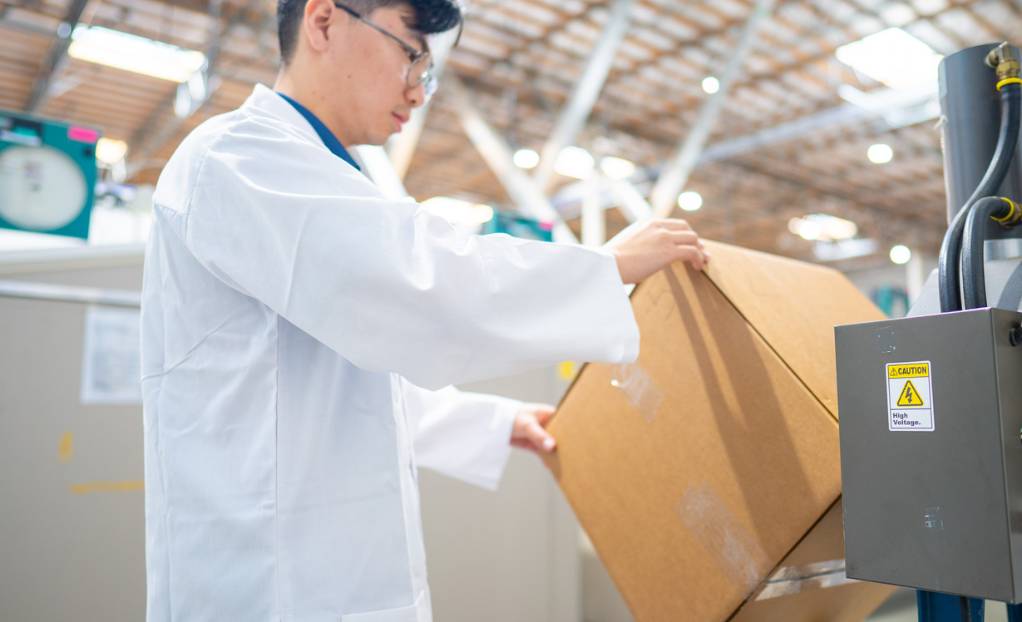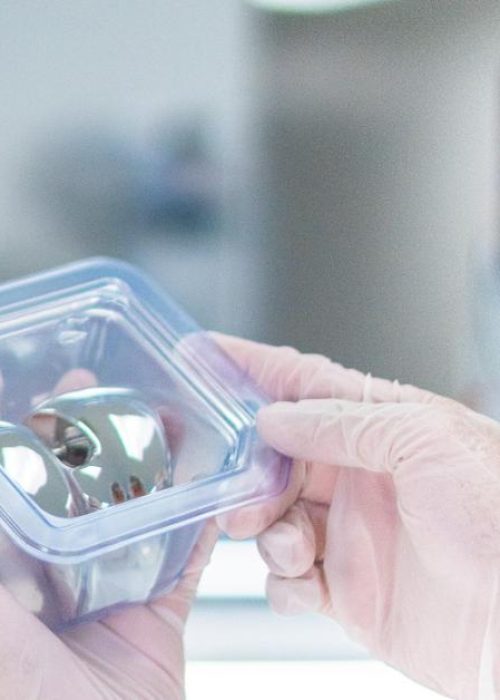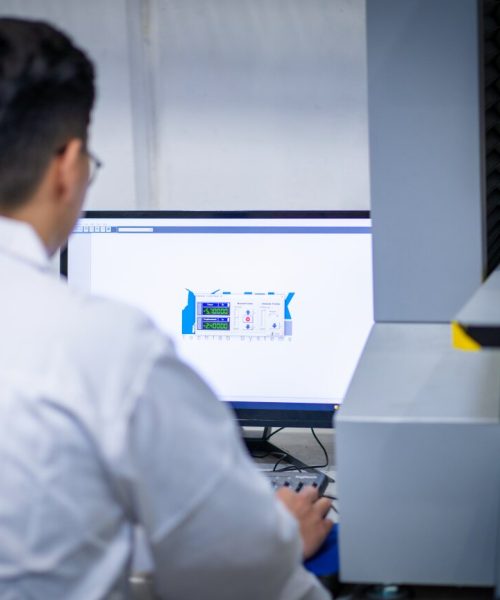Life Science Outsourcing’s distribution simulation testing services check packaging systems against genuine, real-world hazards, and ensure compliance.


There are numerous environmental and physical conditions that medical packages and products will encounter when traveling from point of manufacture to the sterilization facility, distribution center, health care facility, or other final destination. Distribution simulation testing evaluates packaging ability to withstand such conditions and is an essential part of meeting necessary requirements by complying with the ISO 11607 standard.
It may also be necessary to expose medical packages and products to atmospheric conditioning to simulate specific field circumstances they often encounter during the expected life cycle or testing cycle. The ASTM D4332 standard addresses this.
Medical device manufacturers involved in designing, packaging, and distributing medical devices need distribution simulation testing to meet regulatory requirements.
Distribution simulation is important to achieve:

Medical device package distribution simulation testing requires several steps to verify that packaging can withstand distribution rigors without compromising sterility or functionality.
Design and preparation
The design and preparation step includes packaging design development and testing protocols.
Simulation conditions
Transportation and environmental simulation happens next to replicate real-world shipping and handling conditions and temperature fluctuations or pressure changes that may occur during transportation and storage.
Packaging test execution
The test is then performed, with a specific setup using defined protocols.
Inspection analysis
The inspection analysis step includes visual inspection, sterility testing, and functional testing.
Documentation and evaluation
Results are recorded, data is analyzed, and a comprehensive report is created, detailing test procedures, results, and any corrective actions taken.
Refinement and testing (if need)
Design adjustments happen in this stage, as do additional tests to verify the design modifications can effectively address the identified issues.
Compliance and approval
In this final step, test results are submitted to regulatory bodies if required, and an internal review occurs for ongoing adherence to quality and safety standards.
Distribution simulation testing methods
Distribution Simulation is a systematic and repetitious way of testing shipping containers. It uses testing equipment to expose packaging systems to genuine, real-life hazards that may be encountered during the distribution environment. A medical package falling from a forklift, swaying in a truck during transit, or being stacked on top of other packages or containers in a storage warehouse are all examples of distribution occurrences. Testing is commonly known as “shake, rattle, and roll” testing for that reason. Distribution Simulation Testing uses the following categories:
Drop
Used to determine the rugged nature of medical packages and the effectiveness of interior cushioning when the products or packages systems are exposed to impact during material handling operations.
Vibration
Used to determine the ability of medical packages and products to withstand shock and vibration encountered during the entire transit course.
Compression
Used to determine the maximum compression resistance and long-term stacking strength of both individual medical packages and their master shipping containers.
Concentrated impact
This test evaluates the ability of packaging to resist the force of concentrated impacts from outside sources, such as those encountered in various modes of transportation and handling.
Vacuum (low pressure)
This test determines the effects of high altitude or pressure differential when packaged products are transported via certain modes of transport such as aircraft or ground over high mountain passes.

Distribution simulation package testing is implied under the FDA general requirements to verify a device’s sterility and functionality. ASTM D4169 is used for sterile medical devices. Other standards for distribution simulation includes all ISTA methods including but not limited to ISTA 2A and ISTA 3A.
These standards comply with ISO 11607 which is the international standard for terminally sterilized medical device packaging, which includes guidelines for the packaging system’s integrity and its performance through various conditions.
As an FDA-registered and ISO 13485-certified contract manufacturing organization, Life Science Outsourcing (LSO) offers assembly, packaging, sterilization, and specialized capabilities in diagnostics packaging and design. Our unique business model combines comprehensive in-house services and extensive regulatory expertise, allowing us to provide the agility and flexibility needed to expedite market launches while standardizing the supply chain and minimizing risks.
Life Science Outsourcing is an FDA registered and ISO 13485 certified full service Medical Device Contract Manufacturer.
We improve our products and advertising by using Microsoft Clarity to see how you use our website. By using our site, you agree that we and Microsoft can collect and use this data. Our privacy notice has more details.
Receive the latest infographics, guides, and blog updates for medical device manufacturing, package testing, and sterilization.